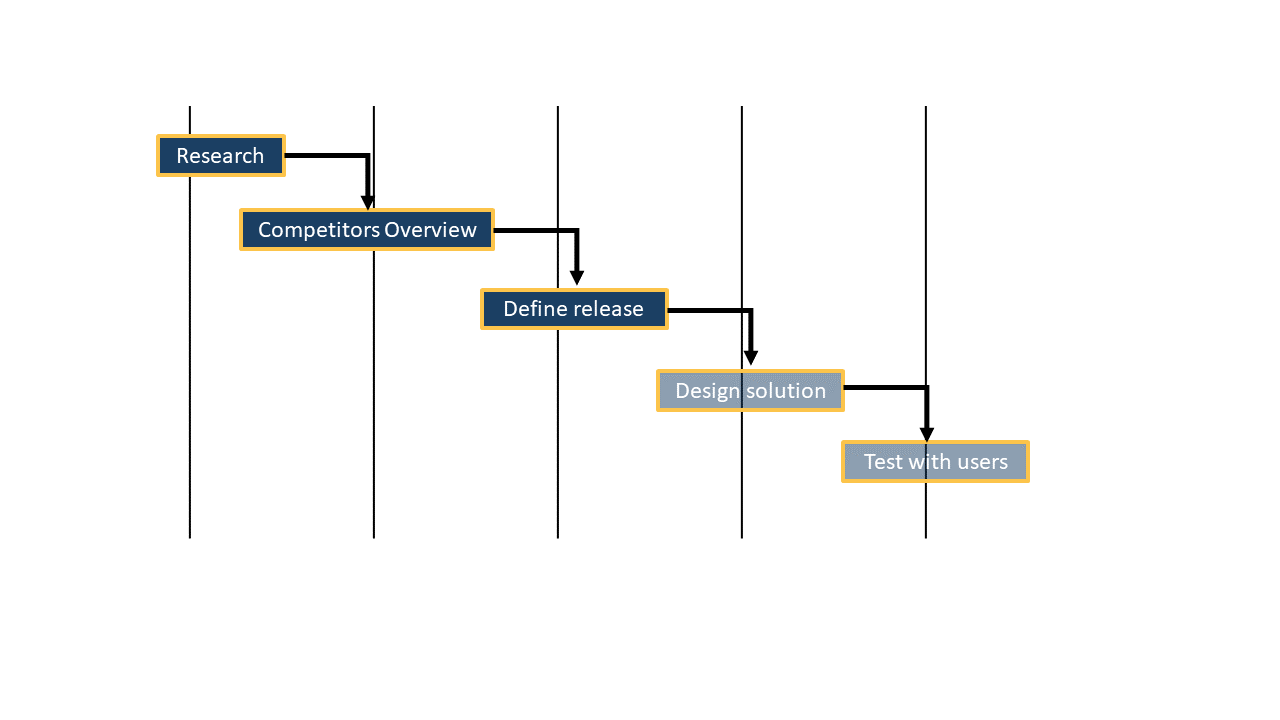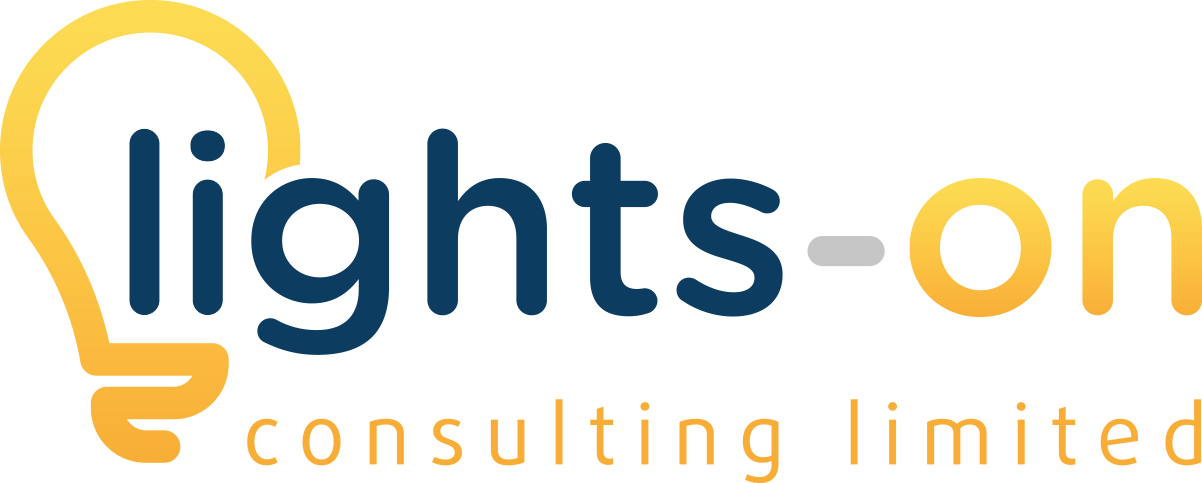You would never see a large bridge constructed or a skyscraper built without project management. It would be unheard of, yet project management is an often under-valued service in law firms. This may be because the projects are not as big yet some of the projects undertaken have a significant impact on firms and need to be well managed.
As an example, changing a legal practice management system must be one of the largest projects a law firm can undertake yet when Lights-On talks to legal practice management system providers it is not uncommon for us to hear views that “law firms don’t value project management”.
Indeed, after helping a firm select a practice management solution and when it comes to implementation, the client sometimes feels “Dave can do the project management” where “Dave” is not a project manager (PM), has no PM experience, has a busy day job working in finance, and will be heavily impacted by a PMS project! (No offence Dave!)
To the client, it seems sensible, as “Dave” is a good egg, a capable person and will be involved in any case, so the firm feels comfortable about the approach and positive about financial savings. To us, we can hear the Scottish accent of Private James Frazer in Dads’ Army – “We’re doomed!”
You wouldn’t put a pensions lawyer on building plot land acquisition with complex rights of way issues, would you? So why put a finance controller, who has never done a PMS implementation, as a project manager?
Three golden rules of project management
Rule 1: Recognise project management for the skill it is and get a good one that has been there and got the T-Shirt and ideally experienced in managing the same sort of project you need them to manage for you. The project management purists will say that project managers can manage anything and, to a degree, that is true but skills and experience in the subject area really helps too.
Rule 2: The PM should avoid taking over tasks defined for others in the plan. PMs manage the project and resources to deliver the tasks. If they have a day job that conflicts with the project work, most will place the immediate needs of the day job first. i.e. the FC will respond to the audit or year end work first and the project second and in the meantime, the rest of the project lacks direction and management. Just doing project management can be a little alien to the legal sector possibly because in their own work, partners, practice group heads and even MPs still “do the fee earning work” as well as manage and so an expectation is set of the player manager in relation to PMs.
Rule 3 – Get the right person. A project manager is not a “pen pusher” who simply reports where things are at. They should have skills to identify how to get the best out of people and what approach to take to deliver results. That may take individual treatment in some cases and applying the right amount of pressure to deliver results without causing harmful friction in a team but a little awkward silence should not phase the PM!
Jargon busting
Jargon junkies love the project management scene! Its full of buzz words like Waterfall, agile, scrum, Prince II and Kanban to name a few. Here’s a quick glossary of the key ones.
Waterfall is the traditional project management approach with discrete steps and dependencies.
A Gannt chart (below) actually looks like a set of steps or a waterfall hence its name. Steps flow into each other and you complete one before moving “down-river”. The plan maps from start to finish.

Waterfall certainly has its place and aligns well with projects that have well-defined outputs and fairly well-known approaches. You know what you are trying to achieve and they have been done before (at least by the supplier) so you know what the steps and dependencies are.
Prince II is one of the most widely used methodologies for project management – it is often seen as a traditional approach but it now has agile elements to it so it is evolving.
There is a lot to Prince II and so it is rare to see every aspect of Prince II used in a project and very often the methodology is “pared back” to an appropriate level for the project complexity and the project maturity of the customer. Traditionally, the Project Manager has control of the project, resources, people, diaries, timescales and documentation within the Prince II methodology.
Agile project management is a project philosophy that takes an iterative approach and creates early, measurable ROI through defined, iterative delivery of product features.
As such it is great for things like software development where you can deliver phase 1 which may just do one part of your requirement but one that could start to add value by early release and use in your business or with your client.
The iterative nature of agile encourages transparency of a project’s progress but in doing so requires close involvement with “the business” or project sponsors. As such it could be a make or break those firms that have to fight for project involvement from the business. Iterative approaches can however inform the business as to what can be done and how it will look and feel and by seeing these early phases more ideas can be generated. This does not mean it’s a free for all and project frameworks exist to deliver agile projects and manage scope.
Scrum – is simply one methodology (or framework) for delivering agile projects. Scrum provides a process for how to run the project including identifying work, who will do it, how it will be done, and when it will be completed by.
Scrum is characterized by short phases or “sprints” when project work occurs.
During sprint planning, the project team identifies a small part of the scope to be completed during the upcoming sprint, which is usually a two to four week period of time.
At the end of the sprint, this work should be ready to be delivered to the client. When complete, the sprint ends with a sprint review and “retrospective” (a scrum term for “lessons learned”). This cycle is repeated throughout the project lifecycle.
Now, as you will have guessed from terms like “retrospective”, scrum has quite a language of its own so it can feel strange and geeky to the uninitiated! (Sorry scrum fans!) For example you will have a “scrum master” (anyone thinking Hong Kong Phooey ?) accountable for guiding, coaching, teaching and assisting a Scrum Team. Technically they are not accountable for delivering the project (that is down to the whole project team). A scrum master is responsible for ensuring everyone knows how to follow the scrum process.
What project management approach should I use and when?
If only life was that simple!
Unhelpfully (but understandably) there are no hard and fast rules as to which methodology should be used and when. But, importantly, nor do you have to use one or the other: you can use elements of both.
For example, Practice Management implementations fit well with waterfall, but if there is some development to do that may be agile and you may use scrum. There is also no harm in applying some traditional “agile” methods like “stand-ups” to bring some greater clarity on a day-by-day basis to a waterfall project at specific stages.
At the end of the day all these project management philosophies, methodologies and approaches are just tools to do a job. The key is knowing the tools and knowing which to use when and avoiding breaking the golden rules which are there to protect the project.
You need to understand the benefits of all types of project management and it is very much about using the right tool for the job and modifying how “pure” to be in following a process to fit the project needs and the culture of the client. As a result, at Lights-On, we have both waterfall and agile project management skills and aren’t afraid to use a blend.
The most important thing is the three rules:
1. Recognise the value and invest.
2. Avoid player-manager project management.
3. If you get the right person, you shouldn’t have to worry about the philosophy, methodology or jargon, you just need to find people in the business that will step up to define the requirements and be part of a well-run team and wait for the benefits to show.
This article first appeared on Alternative Insights.

